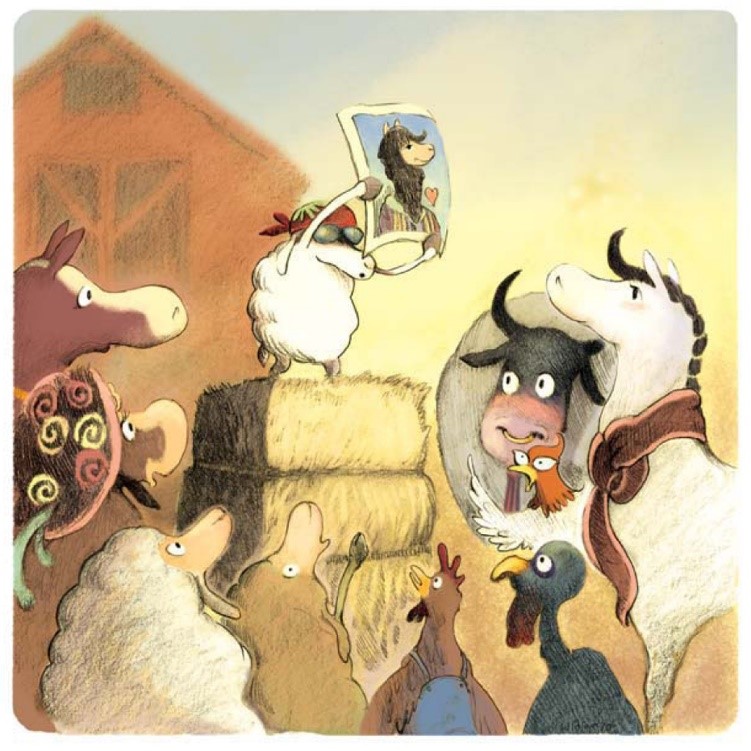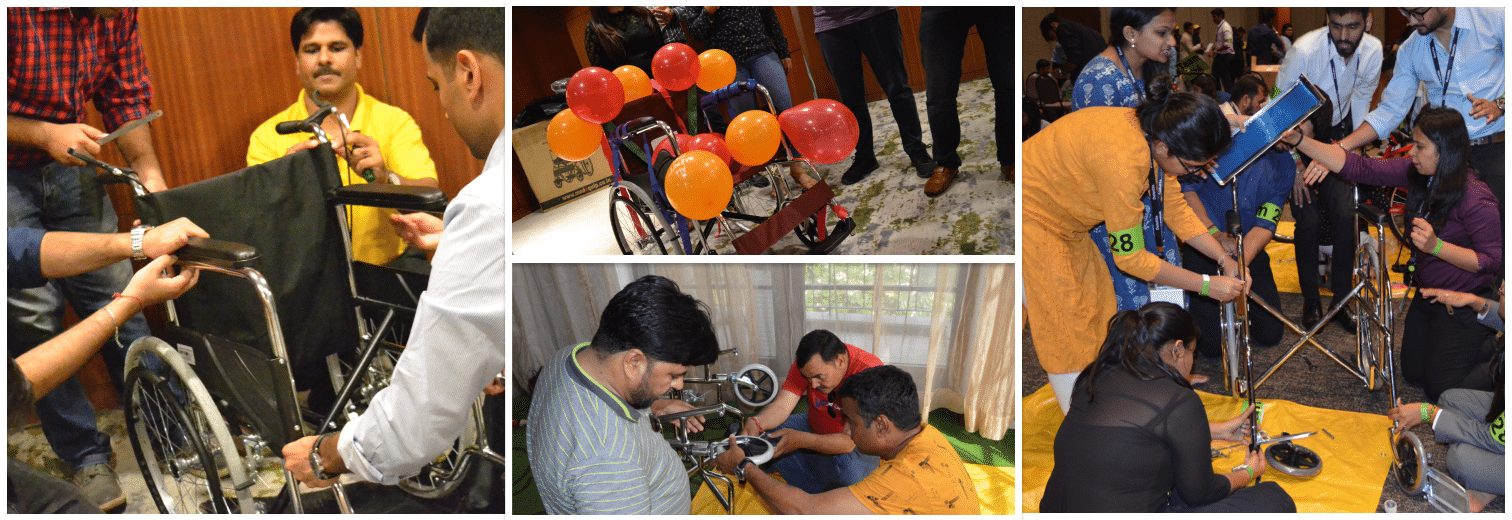Book Synopsis: How Stella Saved the Farm: A Tale About Making Innovation Happen by Vijay Govindarajan and Chris Trimble
“How Stella Saved the Farm” – is a metaphorical take on how disciplined change management and innovation can enable organizations to move into the next S – Curve. The most engaging element in the book is its ‘fictional’ Windsor Farm, with not so fictional characters and situations. The farm, which is run by animals, faces the risk of becoming redundant. It must make the decision of whether it should continue the way it has been working (faster, stronger, more efficient) or take the risk of exploring unchartered pastures. The keys themes of the book have been articulated in the diagram below:
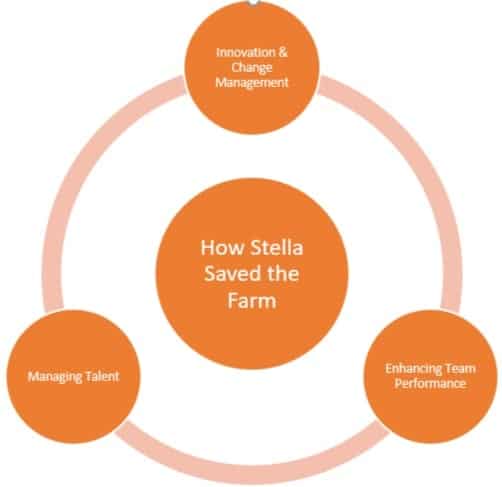
Innovation & Change Management:
Table of Contents
The central theme of the book is – Innovation and Change Management. Dierdre, the CEO of the farm, realizes the need to explore new business avenues for Windsor Farm and thus triggers the innovation journey. Through a series of key obstacles, Dierdre outlines some important lessons:
- The journey of innovation is very different from what one imagines (or plans) it to be. An idea is just the beginning. For an innovation project to be successful, it has to be given disproportionate priority in terms of resources and sponsorship.
- One can’t measure the performance of an innovation idea or the innovation leader through conventional parameters. Innovation is a process of ‘disciplined experimentation’ and these experiments have to be reviewed for effectiveness. The Windsor Farm innovation leader Mav is carefully guided through this process.
- Innovation is a complex interplay of dynamic organization structures, operations and human emotions. The last is the easiest to be missed and many change management interventions fail because of the same.
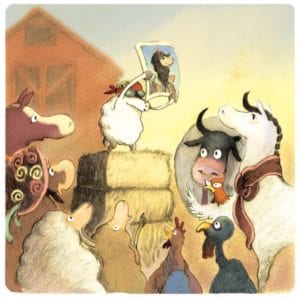
Enhancing Team Performance:
Contrary to the title of the book, Stella is not the only person who saves the farm. In fact, she introduces the idea and what follows is an interplay of team dynamics, conflicts and prioritization.
The key learnings are as follows:
- How can we create a Shared Understanding of the destination and the path? Without a proper alignment – there is a high chance that employees will continue to dedicate their attention to their everyday work.
- What are the key roles and who are best suited to deliver on these? How can we get the right people onboard? It’s important that the Innovation team members are released from their existing responsibilities for complete immersion.
- What are the conflicts that are arising and what is the buzz in the informal organization? How do we manage these conflicts? Are team members getting burnt out? Who are the Influencers? Who are the detractors? How do we address all of them?
- Every time that we are at a loss, or need to take an important decision, how do we dig deep into our values and culture to answer difficult questions.
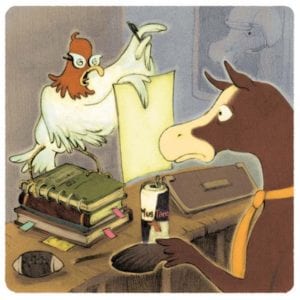
Talent Management:
The book also explores the themes of succession planning, managing GenY Talent and managing specific talent groups.
- The book begins with the need for a change in the top management when Marcus, the CEO, decides to hand over the reins of the company to his daughter Deirdre instead of his long-term number two – the “Bull”. Bull is an epitome of ‘Stronger, Faster and more Efficient’ – the mantras that have kept the Windsor Farm profitable for all these years. But are these mantras relevant today?
- Stella and Maisie are the quintessential GenY’s in the Farm – Unconventional and Determined. Stella goes off backpacking and brings back ideas – critical to the Farm’s survival. Maisie is a creative and passionate nut. A series of mission critical roles explore the passion and talents of both Stella and Maisie. These are excellent examples of how different talents can together meet organizational goals.
